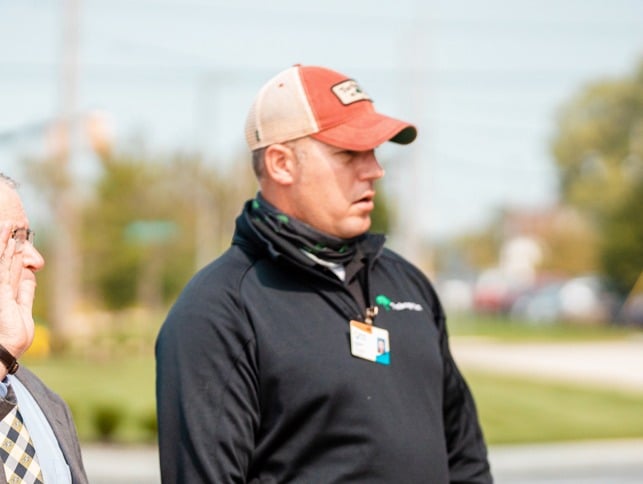Hospitals and healthcare facilities are places with tons of traffic. People come and go regularly to seek care, help a family member to an appointment, get aid for an emergency, or provide care to others. Their priorities are centered around helping others and either healing people or getting healing themselves.
As such, they don’t have the time to get delayed by hospital landscaping problems. The site needs to provide people easy and smooth access, as well as give them some shade or healing flowers or sights, smells, and sounds that soothe.
This is why staying on top of common challenges ensures people are never denied 24/7 access to the facility.
Here are 10 problems we see regularly at hospitals and healthcare facilities and how you can solve them so you can prevent any snags in your seamless system.
10 Common Hospital Landscaping Problems
A landscape grows and changes with time, so there are always things to plan for and maintain for maximum growth and longevity.
Staying ahead of the things that can wreak havoc on your hospital property keeps problems from becoming worse and saves you time and money in the long run.
Be aware of these 10 hospital landscaping challenges at your facility.
1. Standing Water
Nobody wants to dodge puddles on the way to the hospital from their car. And, in some cases, standing water can be a hospital landscape design issue because people could need wheelchairs or crutches to move around, making it even more challenging.
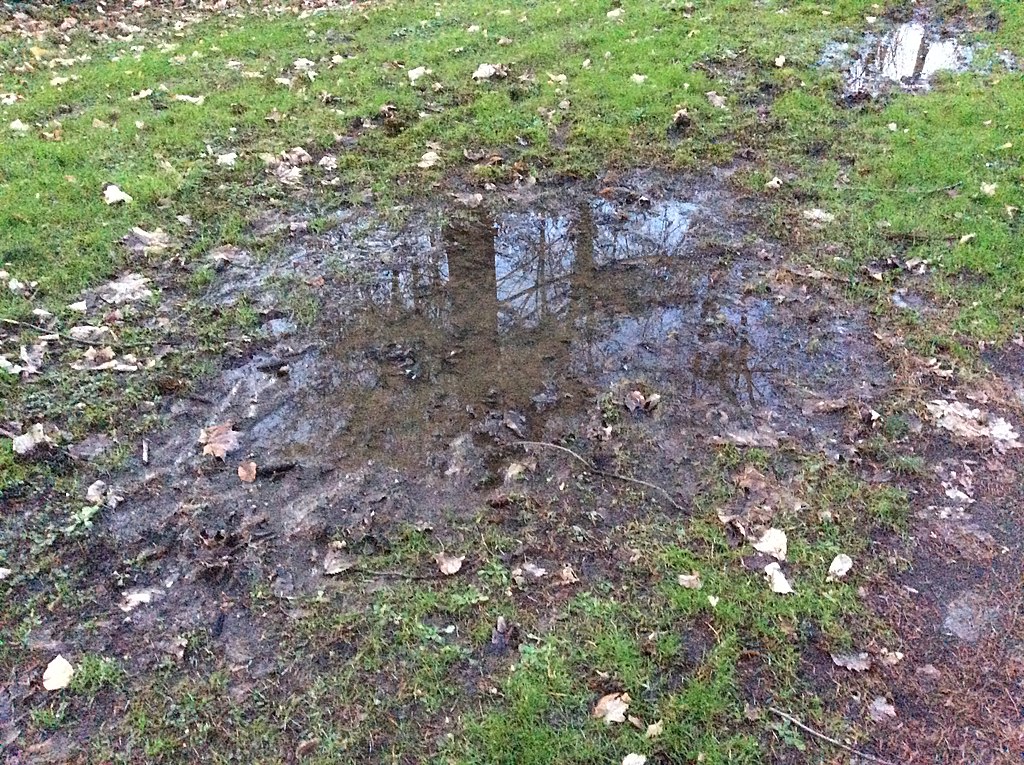
Frequent standing water can signal a nearby drainage problem. And, during spring and summer months, water that stands even for just a couple of days can lead to increased mosquito populations. No one wants to be swarmed by pests on their way into a healthcare facility.
Water also brings mud. So it’s likely you’ll have slippery and dirty floors near entryways. This means more cleanup for your indoor maintenance crew.
If ignored, standing water always becomes worse.
Solutions include properly grading areas to fix water flow and eliminate standing water. The area may also require french drains, rain gardens, or even dry creek beds to create a most permanent solution to trouble spots.
2. Erosion Issues
Similar to standing water, erosion builds up over time as rain falls and keeps dislodging soil in areas that aren’t protected from that heavy water flow.
For instance, if there is a hilly spot that isn’t graded properly or maybe a retaining wall nearby wasn’t built properly or is no longer doing its job, then mud and debris will continue to move and leak onto walkways or parking lots and create additional issues.
This debris can not only look sloppy, but it can lead to trip-and-fall hazards.
The solution to this hospital landscaping problem is to evaluate the cause of the issue and fix it before it becomes a bigger problem. Typically, this involves fixing the grade or retaining wall issue or installing plants that help hold soil in place..jpg?width=1512&name=Summa%20Retaining%20Wall%20Finished%20(5).jpg)
3. Overgrown Trees & Shrubs
Neglecting to prune trees and shrubs can lead to messy looking plants, sure. But the bigger problems are the accidents rogue branches can cause. They also limit sight lines, making it harder for people to easily get around.
For trees and shrubs near buildings, you’re also creating security risks.
Battling this hospital landscaping problem is simple: Prune trees and shrubs twice annually. That would be in early summer and fall. Dormant pruning, which is trimming during the winter when the tree is dormant, can also help keep overgrowth at bay. Winter is a great time for pruning because it is less stressful on trees.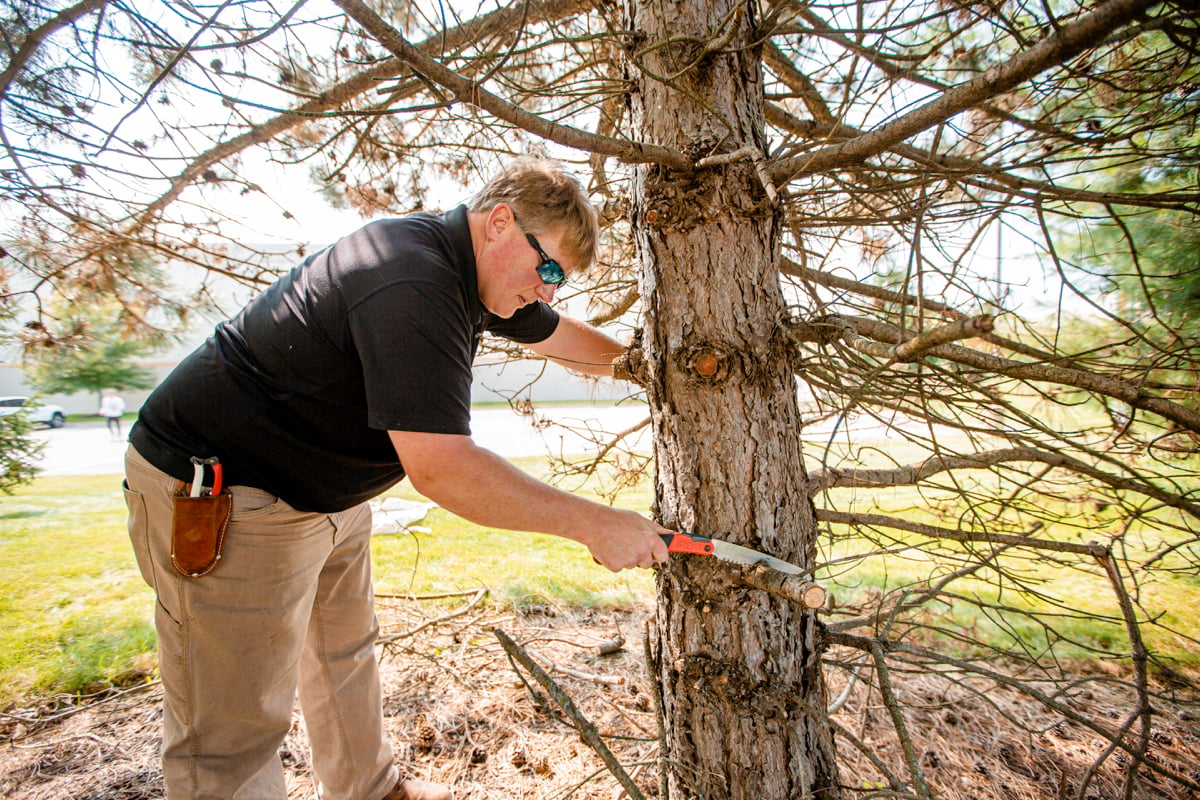
4. Dead or Dying Grass
Brown grass is never an attractive addition to hospital landscaping.
And on top of being unsightly, it usually opens up the area to weeds, adding an additional problem to your site. To make things even worse, when grass isn’t holding the soil in place, particularly on hilly sites, erosion problems can then begin.
This problem is a sign of disease, drainage, or irrigation issues. Without attention, these can go from small fixes to major ones that can make a bigger impact on your time and budget.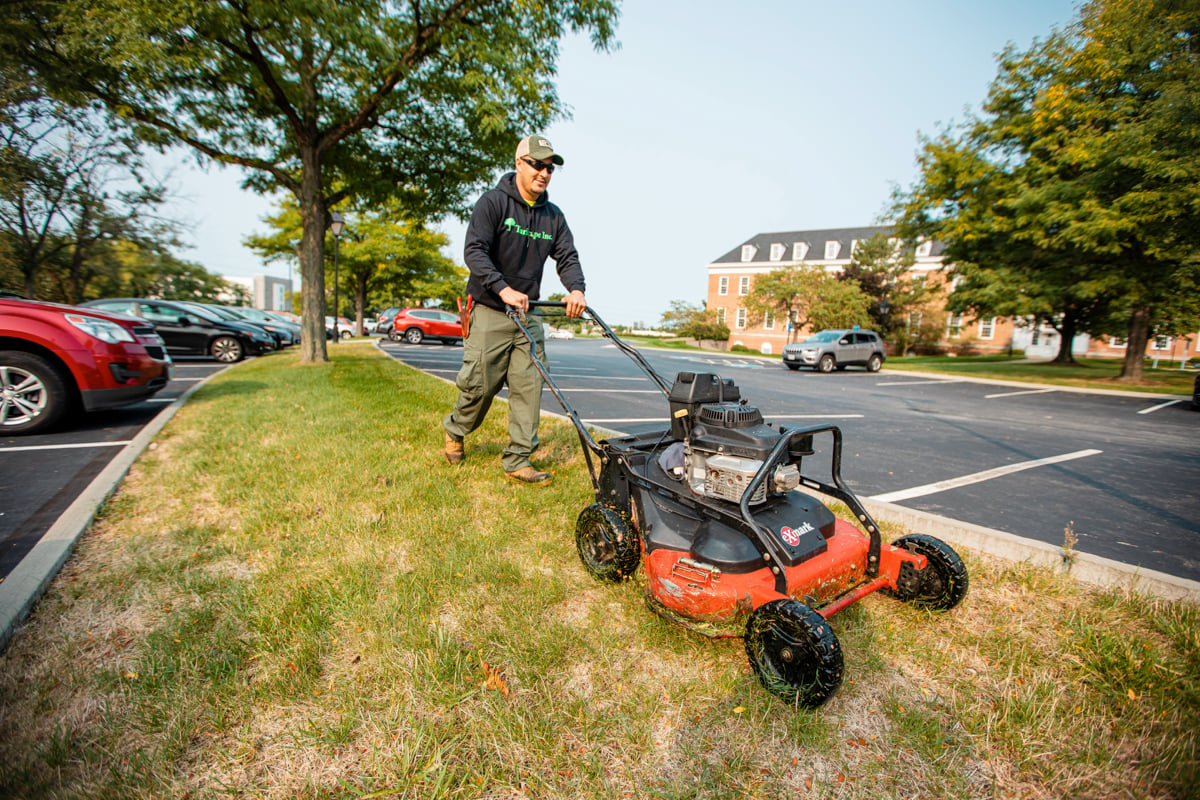
5. Excess Weeds
Letting weeds take over on your property is sending a message to people who visit or pass by that you don’t care about making your hospital landscaping look nice.
And weeds don’t help. They use every advantage to take over in bare spots or across weakened lawns
Stay ahead of weeds with regular preemergent and postemergent weed control, in addition to proper lawn care to keep your lawn thick and healthy as a preventive measure against weed takeover.
6. Pathway or Walkway Challenges
Uneven ground is one of the biggest contributors to trip and fall hazards.
If concrete buckles or pavers come loose or roots grow and disrupt a walkway, this is when uneven ground occurs. 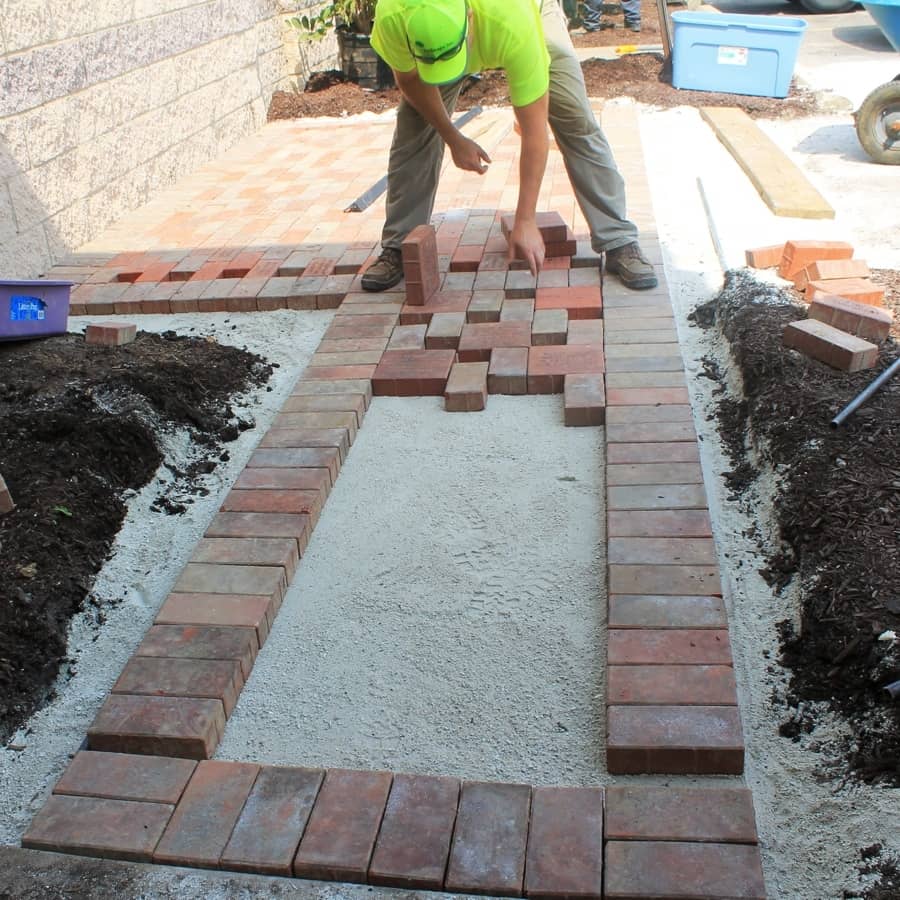
The solution to this hospital landscaping problem is to inspect the area and plan a long-term fix. Options include grading the soil, a walkway repair, tree removal, or even redirection of pedestrian traffic.
7. Old Mulch or Lack of Mulch
Annual mulch applications are great additions to hospital landscaping beds. Mulch suppresses weeds, helps retain soil moisture, and freshens property aesthetics.
While annual mulch applications are best, freshening mulch by turning it over can help make an application last two years and still give you some benefits if budget is a challenge. This is as long as mulch was applied properly to an adequate depth.
8. Trash and Debris Cleanup
When there are a lot of people on your hospital landscaping, the site can collect a lot of trash and debris. When this collects for even a small amount of time, it can become quite a chore to catch up on.
Stay ahead of this landscaping problem by having a daily trash patrol to prevent garbage and debris from piling up on your grounds.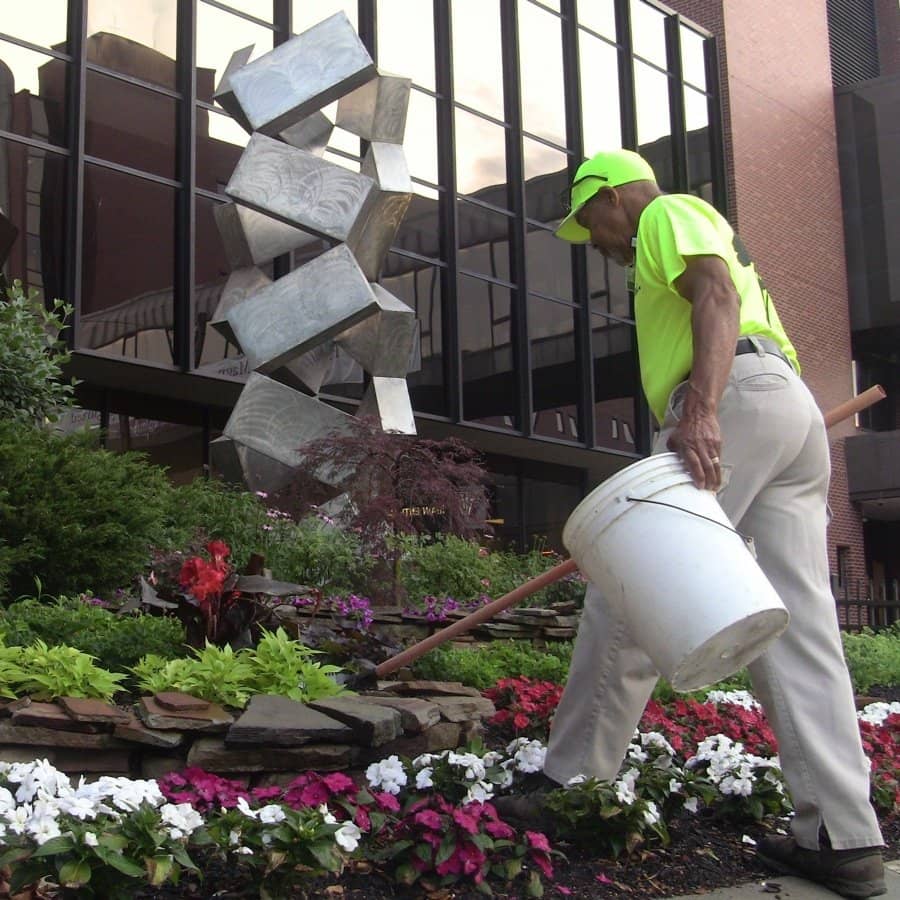
9. Uninspired Seasonal Color
Freshening annual flower beds with new color each season can bring regular pops of color and interest to your hospital landscape design.
When done right, flowers are typically installed by a dedicated seasonal color or enhancement crew. Well-designed seasonal color should stand out and have an immediate impact. The trick to doing this right is to have an expert or dedicated crew draw up the plans and focus on the changeouts during the year so it doesn’t get neglected.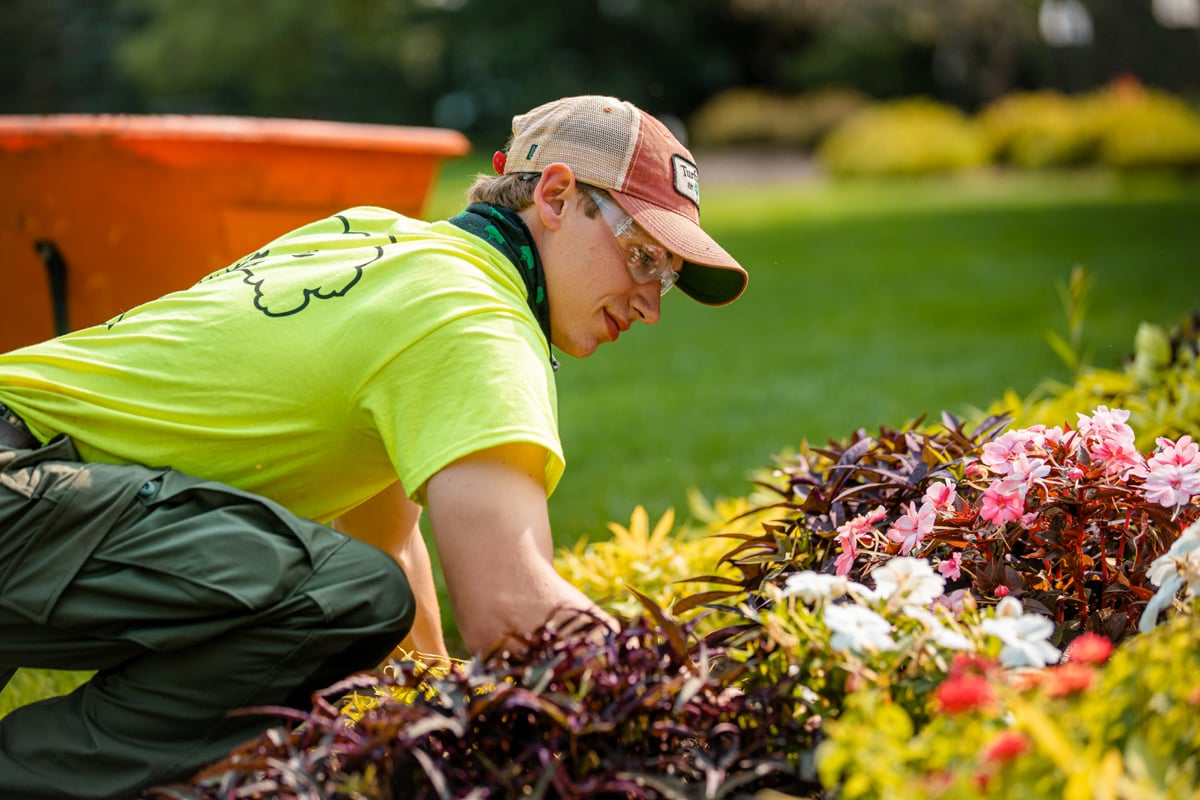
10. Lack of Sitting Areas
Having places where visitors or patients can get outside and breathe some fresh air is important for hospitals and healthcare facilities. Nature is healing, so a green environment can encourage positive results.
When reviewing your plans for the coming year, remember to keep this in mind as you’re prioritizing improvements or renovations.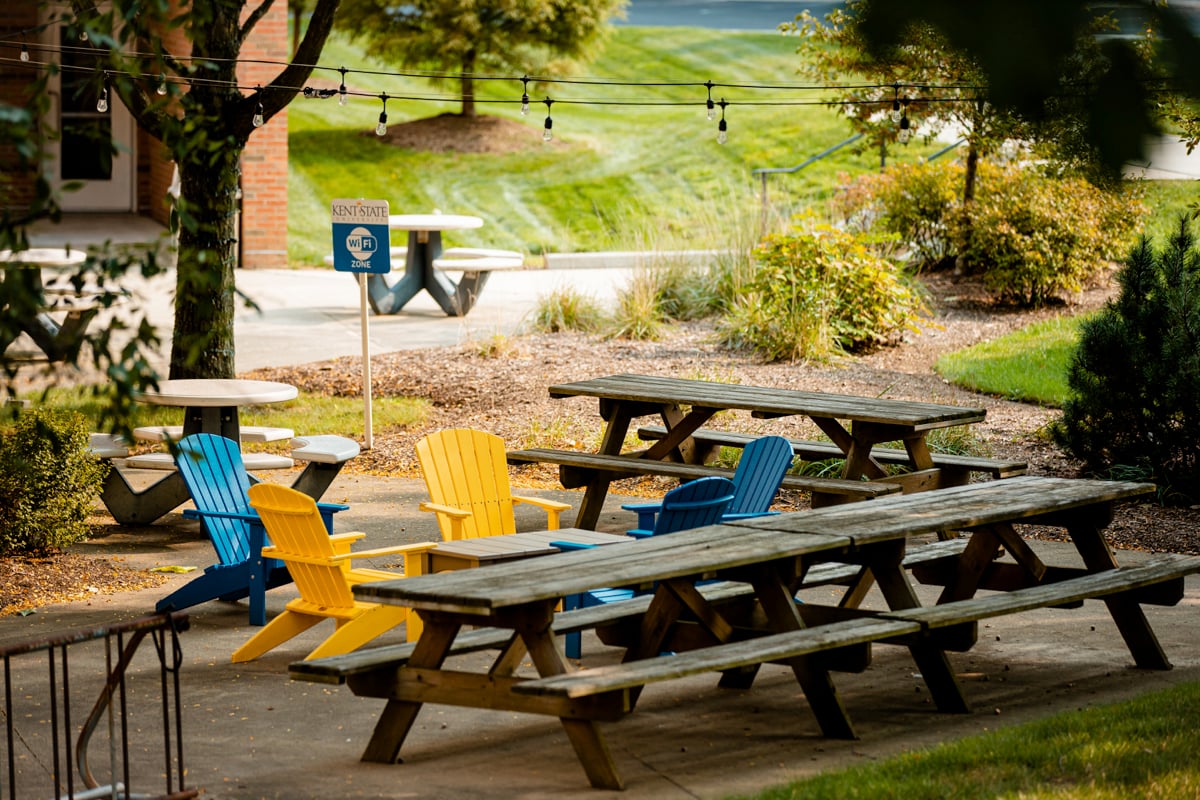
Let Us Help You with Your Hospital Landscaping Problems
Keep your hospital landscaping healthy and thriving just like the patients who visit your facility by staying ahead of these common challenges.
We know you have a lot of facilities and operations headaches that need your attention. Hopefully, this list helps you target the worst outdoor issues head-on so you can feel confident.
Turfscape can assist you by offering a customized, proactive healthcare facility maintenance program. From proper lawn care to mowing/maintenance to trash patrol to spring and fall cleaning and regular pruning, as well as seasonal color boosts and enhancements, we can become an addition to your team and make sure these common landscaping problems don’t get out of hand.
Want a more beautiful Northeastern Ohio hospital landscape? Request a proposal for a customized plan. Together, we can help you and your landscape look great.
Image Source: puddle in grass




